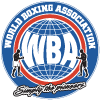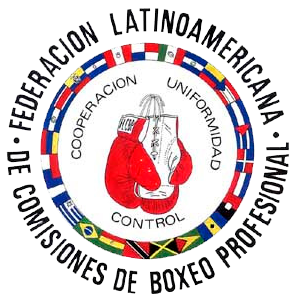The English 8th Marquess of Queensbury Rules were initiated in 1865 to improve the safety of boxing, and included the establishment of three minute rounds, ten second injury count, and the use of boxing gloves. In the 150 years following these significant boxing safety measures, the issue of weight loss safety has not been solved. Weight classes were established for the primary purposes of 1) fairness in sport, 2) competitiveness among athletes, and 3) safety. Unless two athletes compete at the same designated weight as they “touch gloves” stepping into the ring, the concept of weight classes is invalid and an abuse of our sport. Furthermore, any athlete best performs at his/her ideal percentage of body fat. Starvation and dehydration are unnatural, unsafe methods of cheating in our sport.
The human body is far more complex than a water bottle that we can empty and fill up multiple times. Human physiology is very complex. A proper return to normalcy requires 24 to 48 hours for fluids, 75 hours for muscle glycogen (our fuel source), and greater than 75 hours for muscle tissue (our source of strength). A boxer is cheating his/her body if expecting a return to normalcy in one day. A claimed 24-hour period for recovery “just doesn’t hold water” by valid science. Just a rapid two percent loss of body weight impairs an athlete’s endurance by 20%, and robs strength, endurance, and motivation. Recent preliminary studies also suggest that a rapid loss of 2-1/2% body weight causes a decrease in shock-absorbing brain fluid, potentially increasing the risk of concussion and bleeding in a dehydrated boxer’s injured brain. Further brain studies show that after a concussion, the amount of sugar (glycogen) in brain cells rapidly decreases. If a boxer begins a bout not storing the normal amount of glycogen, he/she is potentially robbing the brain of its ability to recover more completely.
THEREFORE, you must compete at the proper weight class for your best safety, endurance, strength, and competitive edge. The minimum acceptable percent of body fat for peak performance is 5% in men, 12-14% in women, and 7% for youth and teenagers. Don’t come to weigh-ins dehydrated as urine testing can easily detect an invalid weight achieved by unsafe and temporary water loss. Remember, it is achieving your natural weight that is important for success.
Safety and Performance Hints
1) Contact a trained coach or athletic trainer to easily measure your percent of body fat, and to calculate your optimum performance weight class.
2) Plain water is not the best beverage to replace lost sweat. Include electrolytes, such as sodium and a small amount of potassium. Include carbohydrates to help with your absorption of sodium.
3) A cool drink increases the rapid absorption of fluids by your stomach.
4) Taste matters. Choose a good flavor.
5) If you are dehydrated, some foods will more rapidly improve your proper salt replacement.
|
Tomato Sauce |
1481 mg. sodium per cup |
|
Chicken Noodle Soup |
1107 mg. sodium per 8 ounces |
|
Tomato Juice |
822 mg. sodium per cup |
|
Salted Pretzels |
483 mg. sodium per ounce |
6) If you have excess body fat, plan ahead! Your optimum rate of weight loss is 1-2% of body weight per week.
7) To prevent dehydration, weigh in before and after your training sessions. For every pound of body weight lost, 16 ounces (473.17 ml.) of fluid are necessary to replenish and re-establish the weight lost.
8) Thirst alone is not an accurate guide to fluid replacement. If thirsty, you are already behind in your proper balance of fluids.
9) Your urine should be clear or a lemon color. If your urine is darker (the color of apple juice), you are dehydrated and need to drink more fluids during or after your workouts.
10) Don’t use plastic/rubber suits, sauna/steam rooms, diuretics/laxatives, or training rooms over 79° to (26° C).















